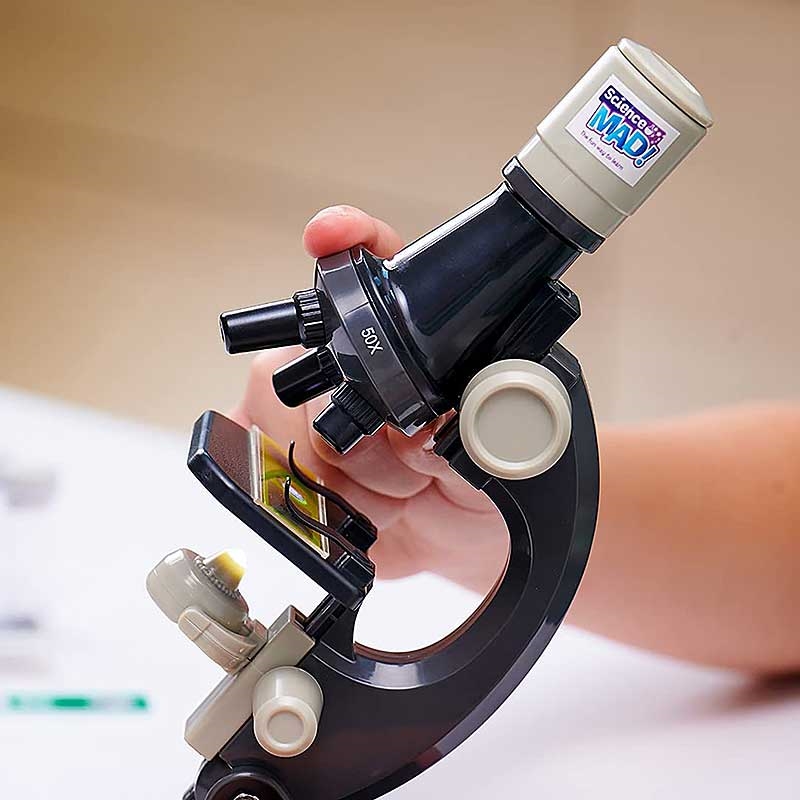Discover Pandipedia
Pandipedia is the world's first encyclopaedia of machine generated content approved by humans. You can contribute by simply searching and clicking/tapping on "Add To Pandipedia" in the answer you like. Learn More
Expand the world's knowledge as you search and help others. Go you!

People use Google instead of other search engines for several reasons, primarily its reputation for providing relevant and reliable results. Google has built a significant level of trust among users, making it synonymous with online searching, where the term “Google” itself has become a verb for searching the web[1]. Its minimalist design and user-friendly interface allow users to focus on their searches without distractions, enhancing the overall experience[2].
Moreover, Google continually updates its algorithms to improve search accuracy, processing around 20 petabytes of data daily, which contributes to users receiving precise and relevant information quickly[2]. This efficiency and consistency foster a strong preference for Google over competitors like Bing or Yahoo, which may have less straightforward functionalities and interface designs[1][2].
Let's look at alternatives:
- Modify the query.
- Start a new thread.
- Remove sources (if manually added).
- Request a manual search from our human research team.
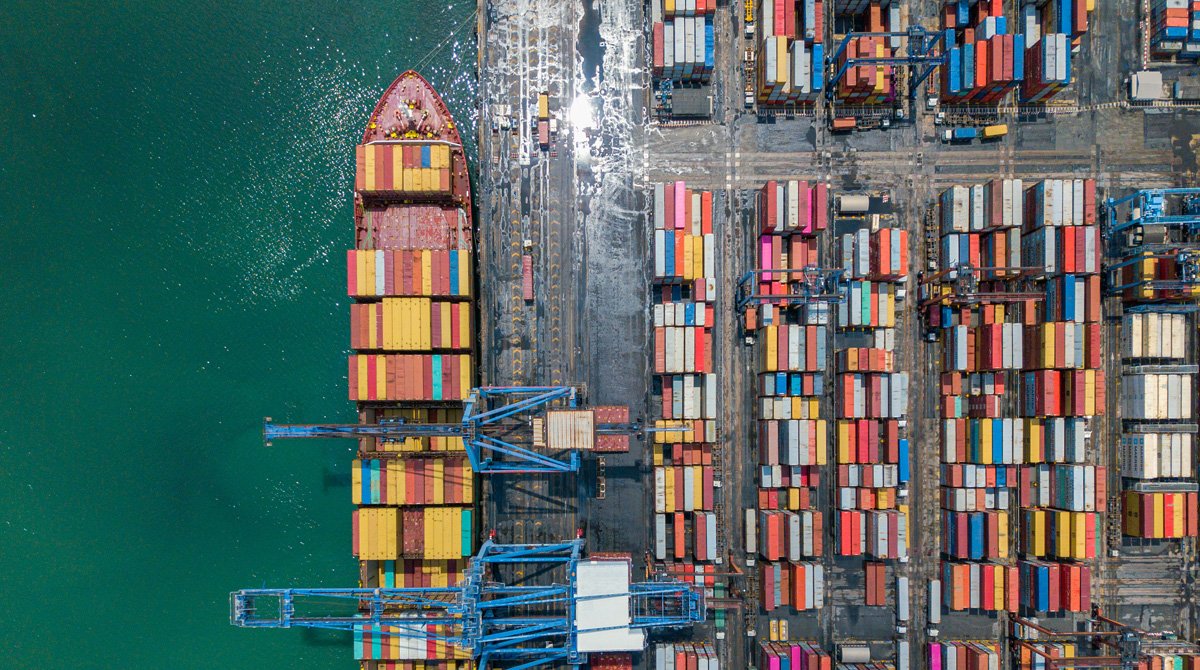
Overview of Geopolitical Influences on Trade
Rising tensions between major global powers have led to profound shifts in international trade policies. A significant focus is placed on how geopolitical alignment between nations affects trade dynamics. Recent findings indicate that geopolitical distance—measured through how similarly countries vote at the United Nations—has a measurable impact on trade flows. From 2017 to 2023, trade volumes among countries with greater geopolitical distance grew approximately 2.5% more slowly compared to those with closer ties, suggesting that countries increasingly impose trade restrictions against those perceived as geopolitical adversaries[1].
Trade Restrictions and Tariffs
The imposition of tariffs has become a focal point of the West's strategy towards economic relations with countries like China. For instance, tariffs on Chinese electric vehicles (EVs) by the United States, the European Union, and Canada illustrate a growing apprehension about China’s technological advancements and economic practices. This reflects a broader pattern where the West employs various measures—such as export bans and tariffs—not just to counter unfair trade practices, but also to assert economic dominance[2].
The historical context of U.S. responses to trade imbalances, such as with Japanese auto imports in the 1980s, showcases a different era when tariffs led to quicker resolutions. Today's measures, however, have failed to prompt significant concessions from China, indicating a more entrenched and adversarial posture that complicates resolution of trade disputes[2].
Diverging Economic Strategies
Moreover, the evolving strategies of these nations reveal a shift in how they approach trade agreements and economic cooperation. Chinese leadership has acknowledged the critical nature of technology in maintaining national sovereignty and has responded to Western actions with increasingly combative stances, encapsulating its approach to trade as a reflection of its competitive advantages rather than a flaw to be corrected[2].
In contrast, policymakers in the U.S. are reevaluating their restrictions, especially on technologies which may bolster their economic resilience. For example, the Inflation Reduction Act’s stipulation that EVs made with Chinese battery components do not qualify for tax credits reflects the necessity for careful calibration of trade restrictions to maintain domestic competitiveness without stifling potential beneficial negotiations with China[2].
Implications of Trade Patterns
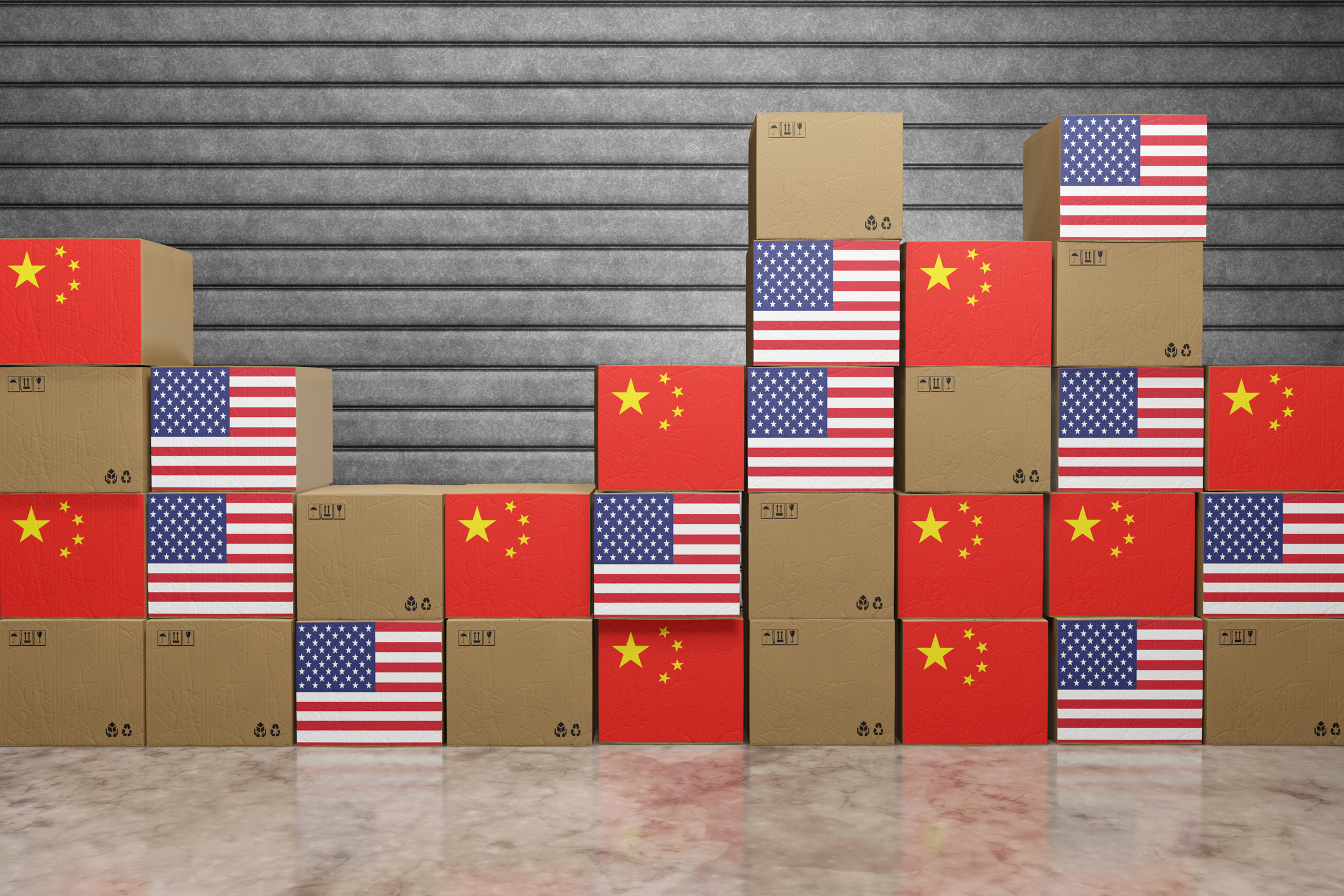
The text from BIS discusses the implications of geopolitical alignments for trade patterns, highlighting how trade policies can significantly affect trade volumes. Countries that are geopolitical allies tend to experience smoother trade relations, while those that are adversaries face barriers such as tariffs or restrictions. This fragmentation of trade not only signals a retreat from globalization but also suggests that countries will increasingly assess trade relationships through a geopolitical lens[1].
By focusing on narrowly defined sectors and bilateral trade data, it becomes apparent that geopolitical tensions have a heterogeneous impact across different sectors. For example, trade flows for certain goods may experience stark contrasts in volume changes between allies and adversaries, showcasing notable disparities due to aligned or misaligned geopolitical stances[1].
Future Trade Trajectories
The outlook for international trade is heavily contingent upon current geopolitical tensions. With the risk of escalating restrictions between adversaries, countries heavily reliant on imports from or exports to those considered geopolitically distant are particularly vulnerable. This situation calls for strategic adjustments, whether through reshoring production capabilities or diversifying trade partners among geopolitically aligned nations[1][2].
Additionally, the global economy's shift towards geopolitical considerations may erode the advantages of comparative trade, highlighting a need for nations to not only assess their consumer bases and market efficiencies but also their geopolitical positioning. While some countries may manage to benefit from reconfigurations in trade routes—such as Mexico and Vietnam during the U.S.-China trade tensions—the broader implications suggest a landscape of reduced economic integration and increased fragility in international supply chains[2].
Conclusion
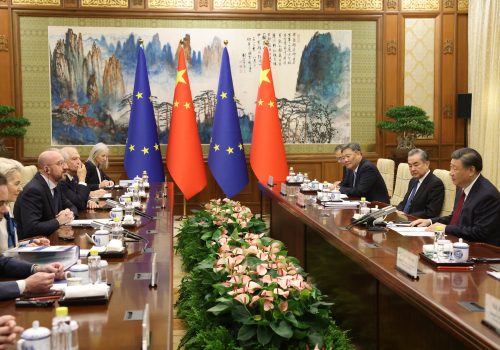
Rising geopolitical tensions are reshaping international trade policies by reinforcing barriers among adversarial countries while fostering closer ties among allies. As nations increasingly view trade not only as an economic engagement but also as a reflection of political solidarity, the need for adaptive strategies becomes essential. Countries must navigate this complex landscape carefully, balancing economic resilience with the need to remain competitive amid escalating global tensions.
Let's look at alternatives:
- Modify the query.
- Start a new thread.
- Remove sources (if manually added).
- Request a manual search from our human research team.
Get more accurate answers with Super Search, upload files, personalised discovery feed, save searches and contribute to the PandiPedia.

The invention of the sail is credited to ancient civilizations, particularly the Egyptians, with evidence supporting this assertion. The earliest known use of sails dates back to around 4000 BCE in ancient Egypt, where individuals began constructing simple sailing vessels using reeds, which were then equipped with a rudimentary sail made of cloth suspended from a mast to harness the wind for propulsion[1][4][6][10].
Other early references to the sail indicate that by 3000 BCE, the Egyptians were utilizing square sails on boats primarily for use on the Nile River. These developments in sailing technology contributed significantly to navigation and trade, facilitating movement along waterways[2][3][5][11].
Additionally, archaeological evidence suggests that sailing boats were also being utilized in Mesopotamia around the same time, with depictions dating back to approximately 5500 BCE[3][10]. The idea of utilizing sails is believed to have evolved as a result of experimentation, where early humans likely noticed the effectiveness of using a fabric to catch the wind, thereby propelling their vessels forward[10].
Overall, while a specific individual cannot be identified as the 'inventor' of the sail due to its ancient origins, the early contributions from civilization such as the Egyptians and Mesopotamians were vital to its development.
Let's look at alternatives:
- Modify the query.
- Start a new thread.
- Remove sources (if manually added).
- Request a manual search from our human research team.

Search ads offer a very strong signal of intent.
Dr. Hal Varian[1]

The consumer is literally telling you at the moment in time, tell me more about the following search.
Witness[1]
If they had a better quality search engine, they would attract more eyeballs.
MR. SCHMIDTLEIN[4]
Search advertising is one of the world's greatest business models ever created.
Mike Roszak[2]
Let's look at alternatives:
- Modify the query.
- Start a new thread.
- Remove sources (if manually added).
- Request a manual search from our human research team.

Sports psychologists help athletes perform better by focusing on mental conditioning and providing strategies to enhance concentration, confidence, and resilience. They teach techniques such as goal setting, visualization, and positive self-talk to improve performance and manage competition anxiety[1][2]. Additionally, they address issues like motivation and communication within teams, fostering a positive team culture and cohesion[2][4].
Through tailored interventions, sports psychologists assist athletes in coping with pressure, recovering from injuries, and maintaining mental well-being, enabling them to overcome challenges and perform at their best[3][4][5]. By integrating psychological skills into training, athletes can optimize their mental strengths alongside their physical abilities[1][3].
Let's look at alternatives:
- Modify the query.
- Start a new thread.
- Remove sources (if manually added).
- Request a manual search from our human research team.

Addressing Social Justice and Inequality
Contemporary art serves as a powerful vehicle for spotlighting issues of social justice and inequality. Artists such as Ai Weiwei and Kara Walker use their works to critique and highlight human rights abuses and systemic racism. Ai Weiwei's installations frequently critique the Chinese government's human rights policies, while Kara Walker’s silhouettes and sculptures examine the enduring impacts of slavery and racial discrimination in America[1].
Furthermore, art plays a crucial role in social activism by leveraging its visual, emotional, and narrative capacities to provoke critical thought and inspire change. Socially engaged art involves direct collaboration with communities and often addresses significant social issues, fostering a sense of unity and collective purpose[4]. This form of art can stimulate dialogue and promote healing, effectively making art a catalyst for societal transformation[8].
Exploring Identity and Gender
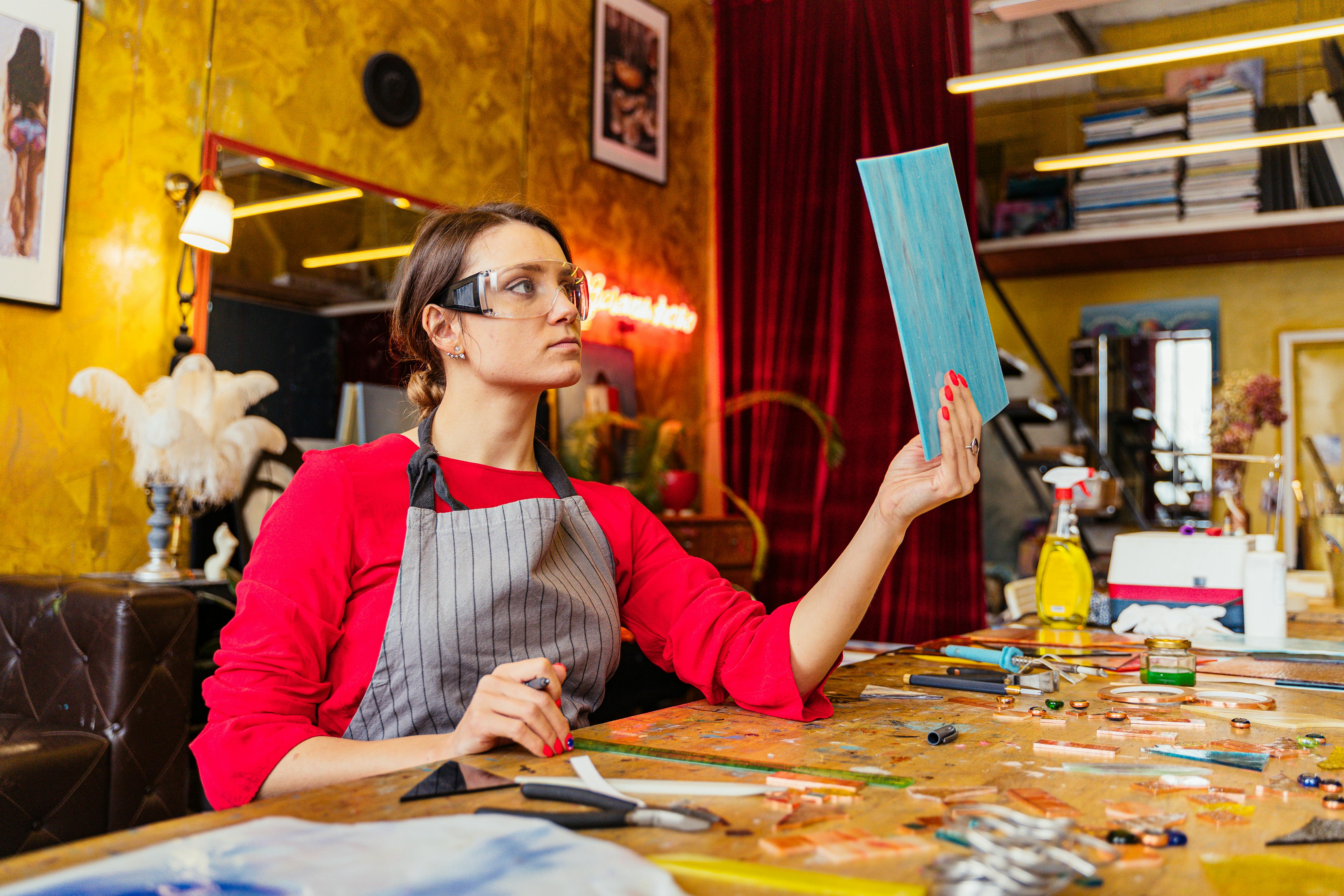
The exploration of identity—encompassing race, gender, and sexuality—is a pivotal aspect of contemporary art. Artists like Cindy Sherman and Shirin Neshat use their photography and film work to critique and redefine gender roles and societal norms. Sherman’s series of self-portraits challenge stereotypical portrayals of women, while Neshat’s works delve into the complexities of gender in Islamic cultures[1].
The art world's increasing focus on intersectionality reflects broader societal debates around identity, aiming to foster inclusivity and promote diverse perspectives[4]. Gender parity and the recognition of female artists have also gained momentum, contributing to a more equitable art scene where creativity transcends gender boundaries[3].
Environmental Concerns and Ecological Art

Environmental sustainability is a prominent theme in contemporary art, reflecting global concerns about climate change and ecological degradation. Artists like Olafur Eliasson and Agnes Denes use their works to raise awareness about environmental issues. Eliasson incorporates natural elements such as ice and water in his installations to confront viewers with the realities of global warming, while Denes juxtaposes natural and urban settings to comment on societal priorities[1].
In 2024, many contemporary artists are introspectively re-evaluating the cultural and environmental impacts of their practices, placing future generations at the core of their considerations. There is an increasing emphasis on sustainable practices, with artists using recycled materials and addressing ecological themes through their works[3][6].
Intersection of Art and Technology

Advancements in technology are reshaping the contemporary art landscape. Digital art and the rise of Non-Fungible Tokens (NFTs) have revolutionized the art market, providing new mediums for artists and redefining how art is created, sold, and experienced. Artists are utilizing immersive experiences, augmented reality, and virtual installations to push creative boundaries[3][4].
The integration of technology not only enhances viewer engagement but also raises important questions about artistic creation and valuation. Blockchain technology and AI are influencing how artworks are authenticated and valued, often prioritizing social factors such as the artist's reputation over the visual qualities of the artwork itself[9].
Migration, Displacement, and Social Struggles
Contemporary art frequently engages with themes of migration and displacement, underscoring the global refugee crisis and national identity issues. Ai Weiwei's 'Good Fences Make Good Neighbors' installation in New York, for instance, used fences and cages to comment on the plight of refugees and sparked public discourse about borders and freedom[1].
This thematic emphasis is part of a broader recognition of art’s role in expressing and addressing the complex experiences of displacement, conflict, and hardship. Artists from various backgrounds utilize their works to highlight the resilience and struggles of displaced communities, fostering empathy and deeper understanding[8].
Conceptual and Minimalist Trends

Conceptual art, focusing on ideas over traditional aesthetics, and minimalist art are experiencing a resurgence in 2024. These movements encourage viewers to engage with the underlying ideas behind the art rather than the visual aspects alone. This approach reflects a growing preference for simplicity and subtlety in conveying complex messages[4].
Influence on Cultural and Global Awareness
Art education plays a significant role in promoting cultural and global awareness, exposing learners to diverse artistic traditions and prompting them to reflect on societal issues. By analyzing works that address inequality, discrimination, and environmental crises, students develop critical thinking skills and empathy, enhancing their understanding of different cultural contexts[2].
Artists, as cultural architects, continue to challenge established norms and foster inclusive narratives that reflect the diversity of human experience. This drive towards inclusivity enhances the richness of artistic expression and strengthens community engagement[7].
Economic and Community Impact

Art significantly contributes to both cultural enrichment and economic development. Through exhibitions, performances, and the creation of intellectual properties, artists drive economic growth and foster vibrant, innovative communities[2][7].
Strengthening community engagement through art education and public art initiatives also promotes social cohesion and cultural understanding, encouraging active participation and civic responsibility[2].
Conclusion
Contemporary art today serves as a mirror to society, reflecting and addressing pressing social, political, and environmental issues. It is a dynamic field that not only critiques and challenges societal norms but also fosters inclusivity, promotes dialogue, and inspires change. From addressing social justice and identity to engaging with environmental concerns and integrating technological advancements, contemporary art continues to shape and be shaped by the evolving cultural landscape.
Let's look at alternatives:
- Modify the query.
- Start a new thread.
- Remove sources (if manually added).
- Request a manual search from our human research team.
Get more accurate answers with Super Search, upload files, personalised discovery feed, save searches and contribute to the PandiPedia.
UI-TARS enhances GUI perception beyond textual inputs by relying exclusively on screenshots of the interface as input, bypassing the complexities and platform-specific limitations of textual representations[1]. It uses screenshots of the interface as input, aligning more closely with human cognitive processes[1]. UI-TARS is trained to identify and describe the differences between two consecutive screenshots and determine whether an action, such as a mouse click or keyboard input, has occurred[1].
By focusing on small, localized parts of the GUI before integrating them into the broader context, UI-TARS minimizes errors while balancing precision in recognizing components with the ability to interpret complex layouts[1]. This approach enables UI-TARS to recognize and understand GUI elements with exceptional precision, providing a foundation for further reasoning and action[1].
Let's look at alternatives:
- Modify the query.
- Start a new thread.
- Remove sources (if manually added).
- Request a manual search from our human research team.
Let's look at alternatives:
- Modify the query.
- Start a new thread.
- Remove sources (if manually added).
- Request a manual search from our human research team.
Overview and Research Motivation
The paper titled "The Illusion of Thinking: Understanding the Strengths and Limitations of Reasoning Models via the Lens of Problem Complexity" investigates how recent generations of Large Reasoning Models (LRMs) behave when they generate chain-of-thought reasoning traces before providing final answers. The study focuses on understanding the capabilities and limitations of these models, especially when they are tasked with problems that require sequential reasoning and planning. The authors raise questions about whether these models are truly engaging in generalizable reasoning, or if they are simply executing a form of pattern matching, as suggested by the observations from established mathematical and coding benchmarks[1].
Experimental Setup and Controlled Puzzle Environments

To thoroughly analyze the reasoning behavior of LRMs, the researchers designed a controlled experimental testbed based on a series of algorithmic puzzles. These puzzles include well-known planning challenges such as the Tower of Hanoi, Checker Jumping, River Crossing, and Blocks World. Each of these puzzles allows for precise manipulation of problem complexity while preserving a consistent logical structure. For example, the Tower of Hanoi puzzle is used to test sequential planning as its difficulty scales exponentially with the number of disks, while Checker Jumping requires adherence to strict movement rules to swap red and blue checkers. The controlled environments help in examining not only the final answer accuracy but also the complete reasoning process, including intermediate solution paths, correctness verification, and how these models use token budgets during inference[1].
Key Findings and Performance Regimes
A major insight from the study is the identification of three distinct performance regimes as problem complexity increases. In the first regime with low complexity, standard models that do not produce explicit reasoning traces can sometimes outperform LRMs. As the complexity reaches moderate levels, models with chain-of-thought generation begin to show a distinct advantage, as their thinking process helps to navigate more intricate puzzle constraints. However, in the third regime characterized by high problem complexity, both thinking and non-thinking models experience a complete collapse in accuracy. The experiments revealed that beyond a certain threshold, the reasoning performance of LRMs falls to zero despite having ample token budgets. An interesting phenomenon observed is that as problems become more complex, the models initially increase their reasoning tokens, but then counterintuitively reduce them when faced with extreme difficulty. This decline in reasoning effort is accompanied by inconsistent reasoning and a failure to maintain the appropriate computational steps throughout the solution process[1].
Analysis of Intermediate Reasoning Traces
The paper places significant emphasis on inspecting the intermediate reasoning traces produced by the models. By extracting the chain-of-thought, the study examines where correct and incorrect intermediate solutions occur and how these affect the overall problem-solving process. In simpler problems, correct solutions are identified early in the reasoning process; however, the model tends to overthink by exploring redundant paths, which can lead to inefficiencies. In contrast, with moderate complexity tasks, models begin by generating several incorrect solutions before eventually arriving at a correct answer. Notably, in very complex problems, no correct moves are generated at any point, leading to a complete breakdown in reasoning. This detailed analysis provides evidence of the models’ limited self-correction capabilities and highlights fundamental scaling issues in inference compute allocation as problem complexity increases[1].
Exact Computation and Algorithm Execution
Another significant observation made in the paper is the models’ difficulty with exact computation and following prescribed algorithmic steps. For instance, even when the researchers provided the models with a complete recursive algorithm for the Tower of Hanoi puzzle, there was no notable improvement in performance. The models still exhibited the same collapse at a certain level of complexity, indicating that the failure was not due solely to the challenge of finding a solution from scratch but also due to a more systemic limitation in performing strict, logical step-by-step execution. This inability to capitalize on provided algorithmic guidance underscores the gap between human-like logical reasoning and the pattern-based reasoning exhibited by current LRMs[1].
Limitations and Implications for Future Research

The study makes it clear that although LRMs have shown promising results on a variety of reasoning benchmarks, they still face severe limitations. The performance collapse at high complexity levels, the counterintuitive reduction in reasoning tokens despite increased problem difficulty, and the inability to reliably perform exact computations suggest that fundamental improvements are needed. The paper questions the current evaluation paradigms that focus primarily on final answer accuracy and advocates for metrics that assess intermediate reasoning quality. By using puzzle-based environments that allow precise manipulation of complexity and clear rule definitions, the research provides quantitative insights into where and why LRMs fail. These insights are crucial for guiding future improvements in model architecture and training methodologies, paving the way for the development of models with more robust and generalizable reasoning capabilities[1].
Conclusion
In summary, the paper provides a comprehensive examination of the capabilities and limitations of Large Reasoning Models through controlled experimentation with algorithmic puzzles. Crucial findings include the identification of three complexity regimes, detailed analysis of intermediate reasoning traces, and a demonstration of the models’ difficulties with exact computation and following explicit algorithmic steps. The research highlights that while chain-of-thought generation can enhance performance at moderate complexity, current LRMs ultimately fail to exhibit generalizable reasoning for highly complex tasks. These findings raise important questions about the true nature of reasoning in these systems and suggest that further research is needed to overcome the observed scaling and verification limitations[1].
Let's look at alternatives:
- Modify the query.
- Start a new thread.
- Remove sources (if manually added).
- Request a manual search from our human research team.
Westminster Pocket Microscope
This pocket-sized device measures only 4.5 x 4.5 x 2cm and features an LED light and focusing wheel, magnifying objects by up to 10 times. Batteries included, but not suitable for small children due to small parts.

Natural History Museum Pocket Microscope
Designed for children as young as three, this portable microscope measures 11.5 x 8 x 3cm and provides powerful magnification between 20 and 40 times, included are two specimen slides and a cleaning cloth.
Science MAD Microscope
With magnification between 25 and 100 times, this microscope features a light, mirror reflector, adjustable focus, a full instruction manual, tools for collecting samples, and eight sample slides to get started.
GeoSafari Jr My First Microscope
A user-friendly microscope for younger children, it has a binocular-style eyepiece and a chunky focusing wheel, providing magnification of up to eight times.

Popular Science Smartphone Microscope
This device clips onto any smartphone and triples its magnification, featuring built-in light to illuminate objects and allowing users to take photos of their findings.
Let's look at alternatives:
- Modify the query.
- Start a new thread.
- Remove sources (if manually added).
- Request a manual search from our human research team.








